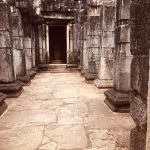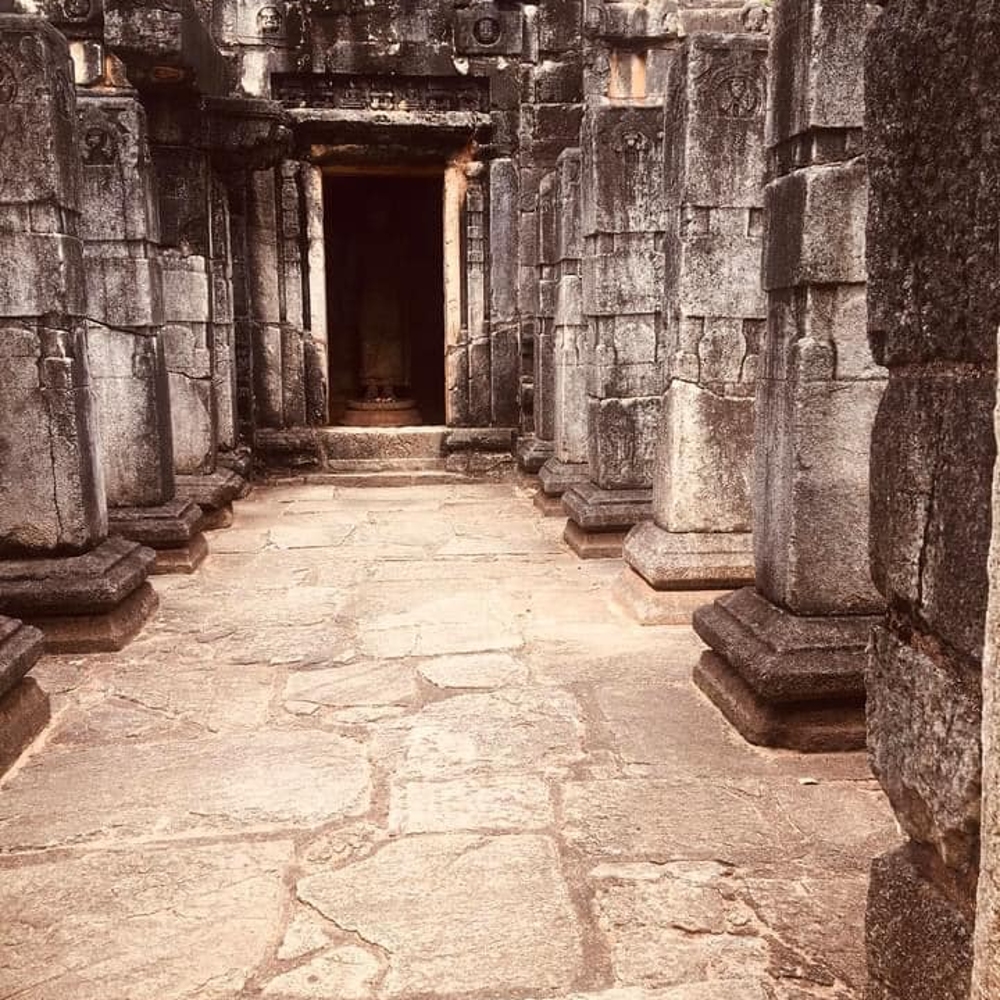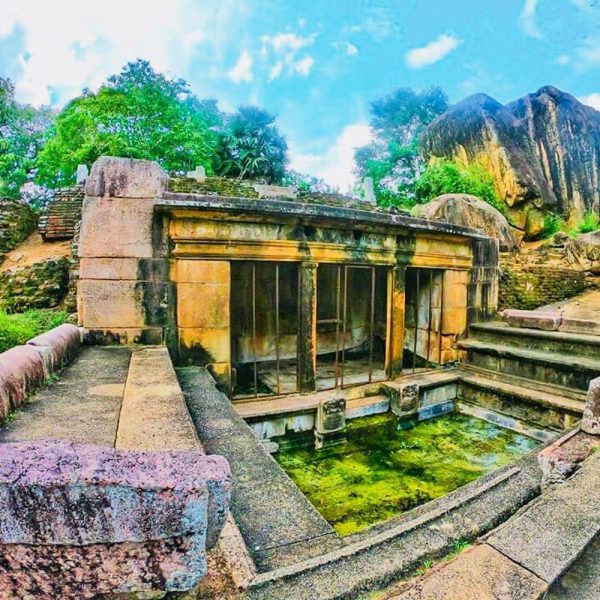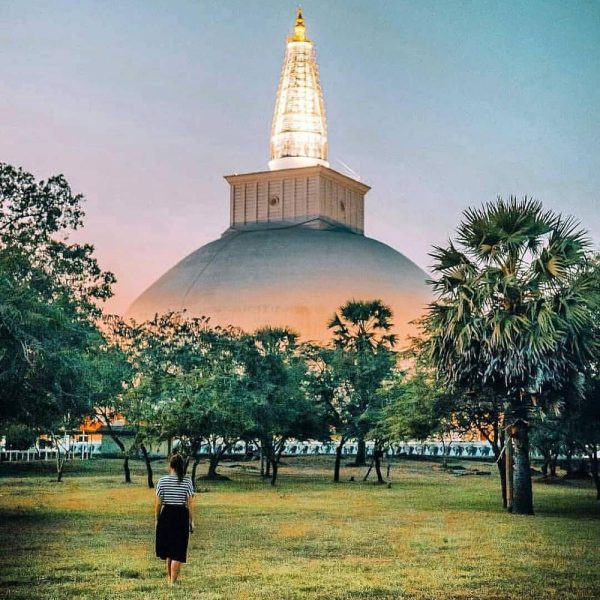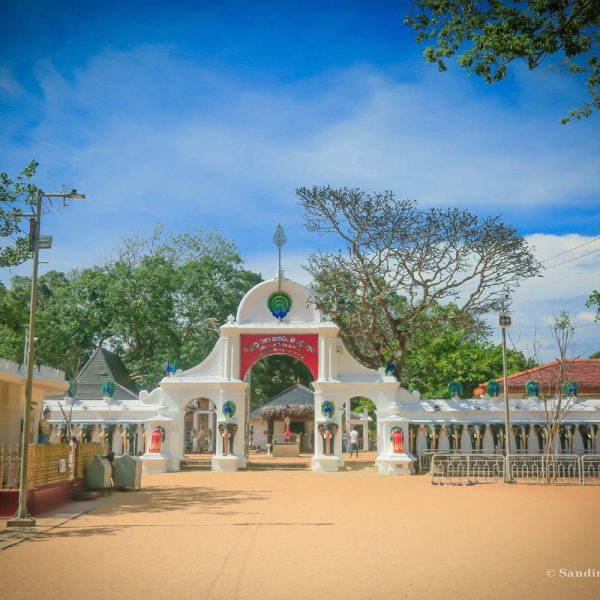Description
Nalanda Gedige is a unique archaeological site located in the Matale District of Sri Lanka, near the town of Matale. It is an ancient structure that showcases a fascinating blend of architectural styles, reflecting the cultural influences that have shaped Sri Lanka over the centuries.
Nalanda Gedige is believed to have been constructed during the reign of King Dappula IV in the 8th or 9th century AD. It is an example of a “gedige,” a type of building that combines elements of Hindu and Buddhist architecture. The site features a main shrine with a mandapa (hall) and an ambulatory path, all constructed using stone blocks.
One of the most intriguing aspects of Nalanda Gedige is its architectural style, which features elements reminiscent of South Indian Dravidian architecture, as well as Pallava and Pandyan influences. The structure’s design, including its vimana (tower), suggests Hindu origins, while its use as a Buddhist temple indicates a later conversion.
The purpose of Nalanda Gedige is still a subject of debate among historians and archaeologists. Some believe it was originally constructed as a Hindu temple dedicated to the god Shiva, while others argue that it served as a center for both Hindu and Buddhist worship, reflecting the syncretic religious practices of ancient Sri Lanka.
Nalanda Gedige is surrounded by lush greenery and offers a peaceful and scenic setting for visitors to explore. The site is now under the protection of the Sri Lanka Department of Archaeology and is open to the public, attracting tourists interested in history, architecture, and cultural heritage.














